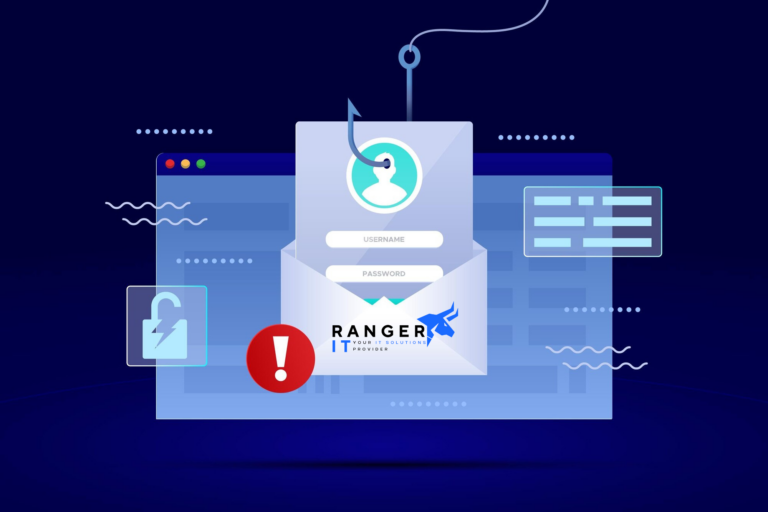
Navigating the Murky Waters of Phishing Emails: A Guide to Recognizing and Avoiding Cyber Threats
In the vast ocean of the internet, phishing emails lurk like hidden predators, waiting to deceive unsuspecting individuals. As technology advances, so do the tactics of cybercriminals. Phishing emails have become a prevalent threat, and it’s crucial to equip yourself with knowledge to navigate these treacherous waters safely.
What is Phishing?
Phishing is a malicious attempt to trick individuals into revealing sensitive information, such as passwords, credit card numbers, or personal details. Cybercriminals often use deceptive emails that appear legitimate to lure recipients into clicking on links or downloading attachments, ultimately compromising their security.
Recognizing Phishing Emails:
- Check the Sender’s Email Address: Legitimate organizations usually have official email domains. Scrutinize the sender’s email address for any variations or misspellings that may indicate a phishing attempt.
- Look for Generic Greetings: Phishing emails often use generic greetings like “Dear Customer” or “Dear User” instead of addressing you by name. Legitimate communications from banks or services will typically use your actual name.
- Beware of Urgent Requests: Phishing emails often create a sense of urgency, claiming that immediate action is required. Be cautious if an email pressures you to act quickly without giving you time to think.
- Inspect Hyperlinks: Hover over links without clicking to preview the destination URL. If the link seems suspicious or doesn’t match the purported sender’s website, it’s likely a phishing attempt.
- Examine Email Content: Poor grammar, spelling mistakes, or a generally unprofessional appearance are red flags. Legitimate organizations invest in professional communication.
Protecting Yourself from Phishing:
- Use Email Filters: Enable email filters to help identify and quarantine potential phishing emails. Many email providers offer built-in security features.
- Enable Two-Factor Authentication (2FA): Adding an extra layer of security through 2FA can protect your accounts even if your login credentials are compromised.
- Educate Yourself and Your Team: Stay informed about the latest phishing techniques and educate your team or family members. Awareness is a powerful tool in the fight against cyber threats.
- Verify Suspicious Emails: If you receive an unexpected email requesting sensitive information, verify its legitimacy by contacting the organization directly using official contact information—never use the contact details provided in the suspicious email.
Phishing emails continue to evolve, but so does our ability to recognize and combat them. By staying vigilant, educating ourselves, and implementing security measures, we can navigate the digital landscape with confidence, avoiding the traps set by cybercriminals. Remember, a cautious and informed user is the first line of defense against phishing attacks.
